Weight
2.25 kg
Size
15.3 × 22.1 cm
Language
English
Format
Paperback
Pages
Volume 1: 384 / Volume 2: 688
Publishing date
August 2012
Published by
Lynx Edicions
Authors
Illustrators
Description
The most complete and up-to-date guide to the birds of the region. Revised and updated with the newest findings on vocalizations and taxonomy, including several taxa newly recorded for the region, species whose voice was previously unknown, and additional newly recognised species. Species lists follow familiar Peters order except where changes are well-corroborated by recent research.
Vol. 1 (Field Guide):
- Now more user-friendly than ever, including vocalization descriptions for almost every species
- Covers all South Asian birds (including Afghanistan and Chagos).
- Over 3400 illustrations appear in 180 plates painted especially for this book by expert artists. These depict all known regional species and most distinctive subspecies and plumages.
- Over 1450 colour maps, based primarily on verified records, represent the ranges of each regularly occurring species and many distinctive races, and distinguish migratory routes from winter ranges.
- Maps are annotated as to geographic variation, status and habitat.
- Concise texts give key identification features of each species.
- To assist in locating groups within the text, illustrated plate keys are provided in the endpapers.
Vol. 2 (Attributes and Status):
- Contains much new information and many revised taxonomic treatments.
- Alternative names are listed and taxonomic issues are summarized.
- Specimen measurements specially taken for this book are presented for each species.
- Complete data about identification, variation, status and distribution, voice, and habits are provided for each species.
- Problematic records are discussed.
- Vocalizations are described from recordings, and there are over 1000 sonograms, now with English name labels.
- Appendices include the region’s first hypothetical species list, a gazetteer, brief ornithological histories, and lists of taxonomic changes, regional specimen holdings, and threatened species.
- A comprehensive index allows users to find whatever names are most familiar to them.
- Maps indicate geopolitical names, topography, habitats, and bird species diversity and endemism.
Vol.1: 384 pages, Vol. 2: 688 pages.
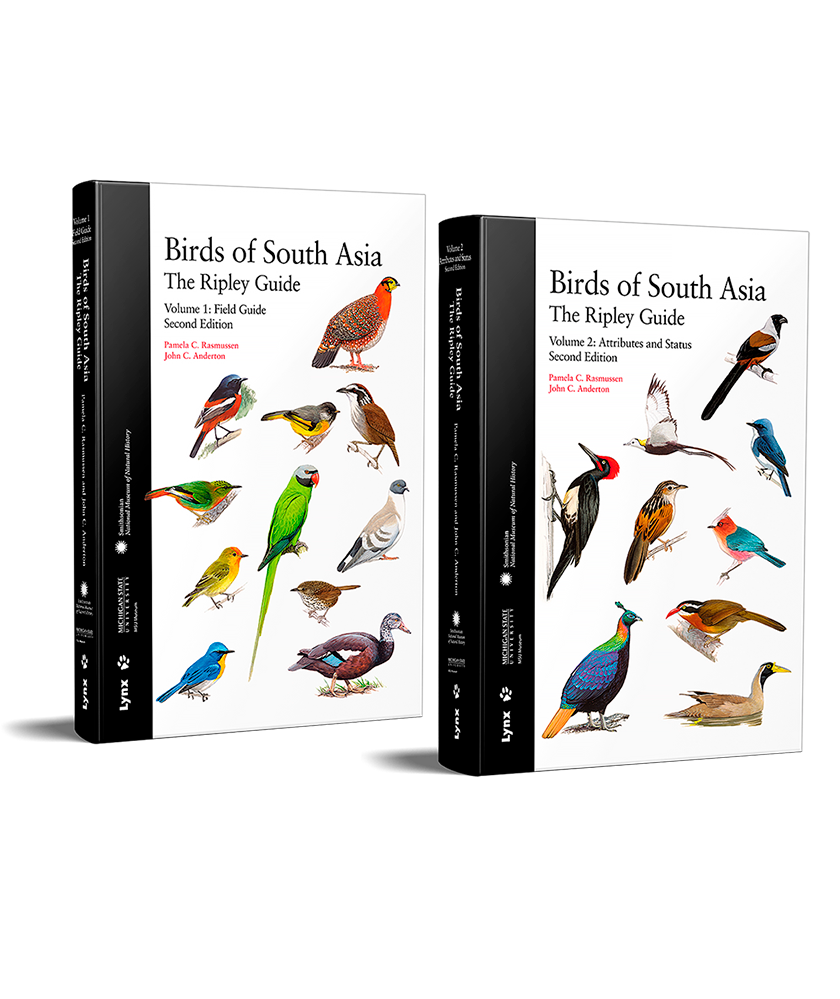
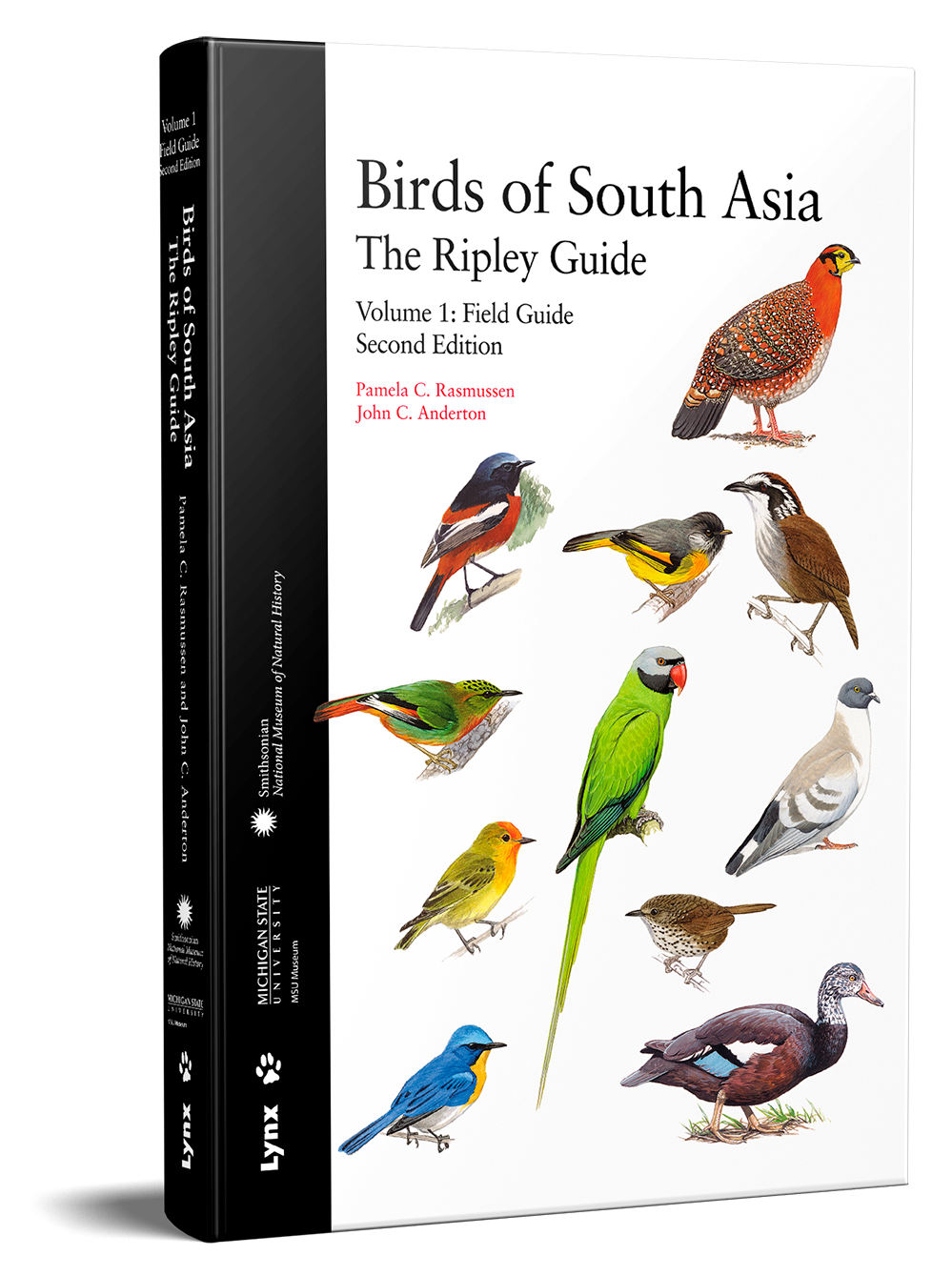

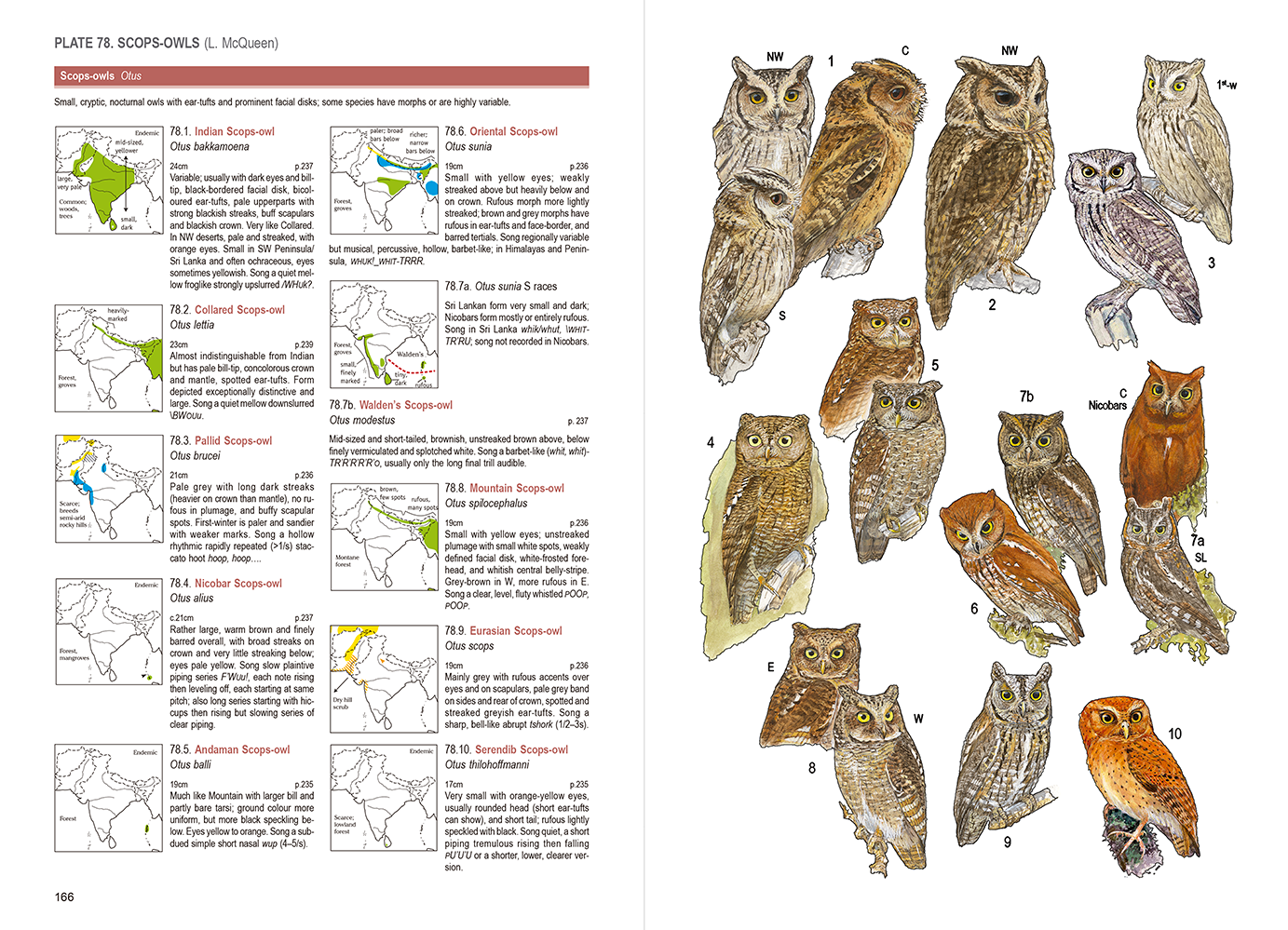

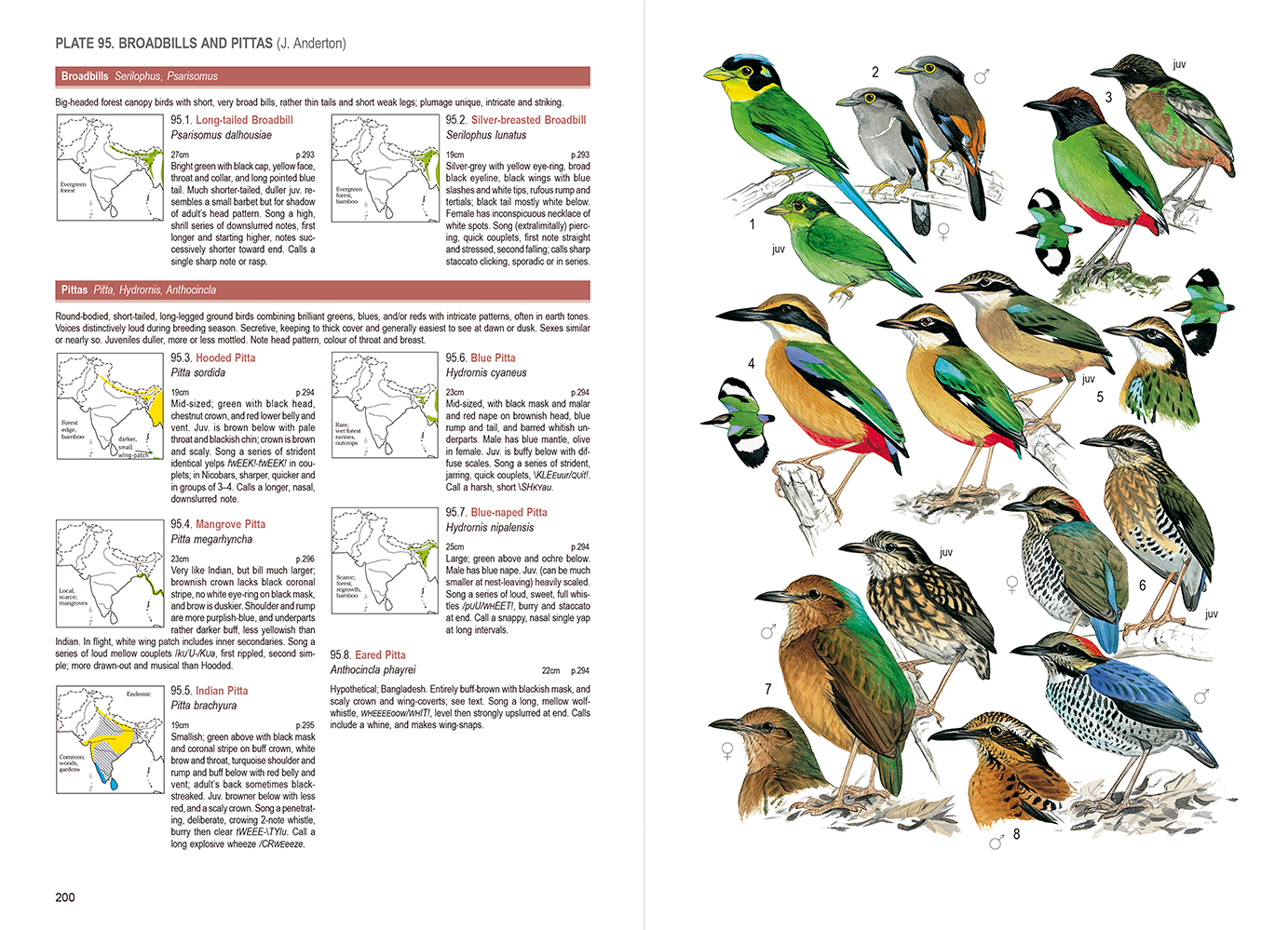
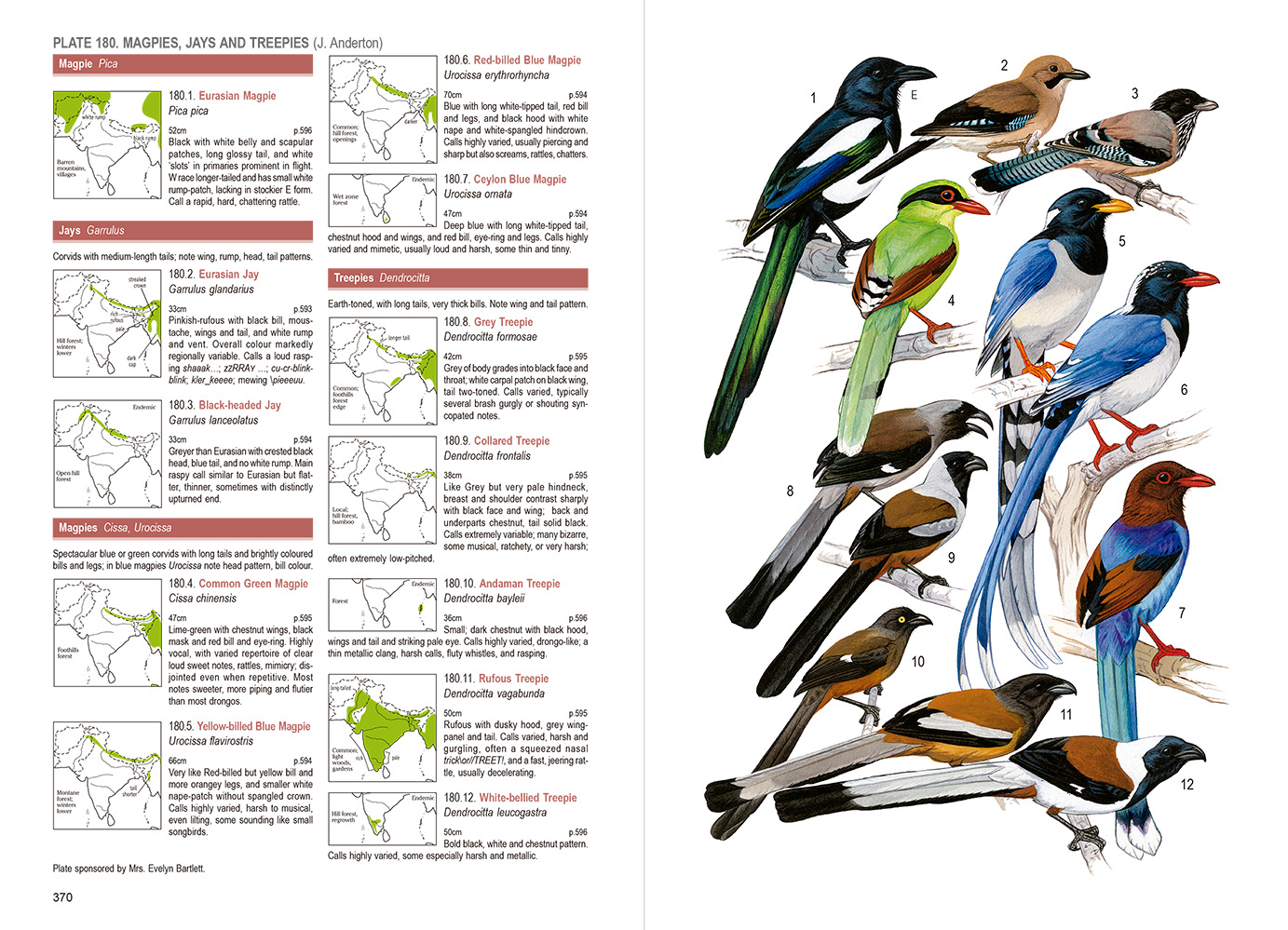
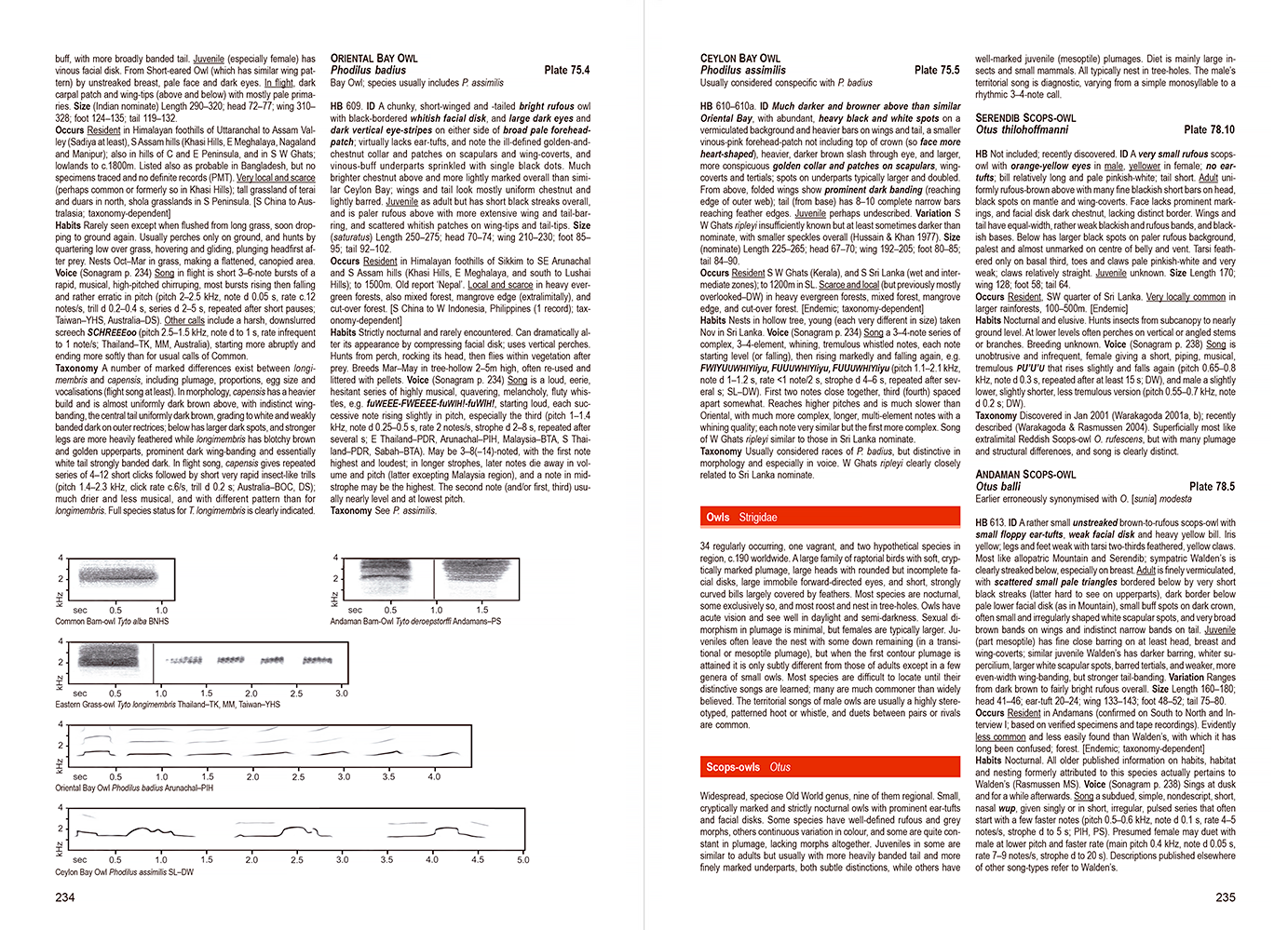

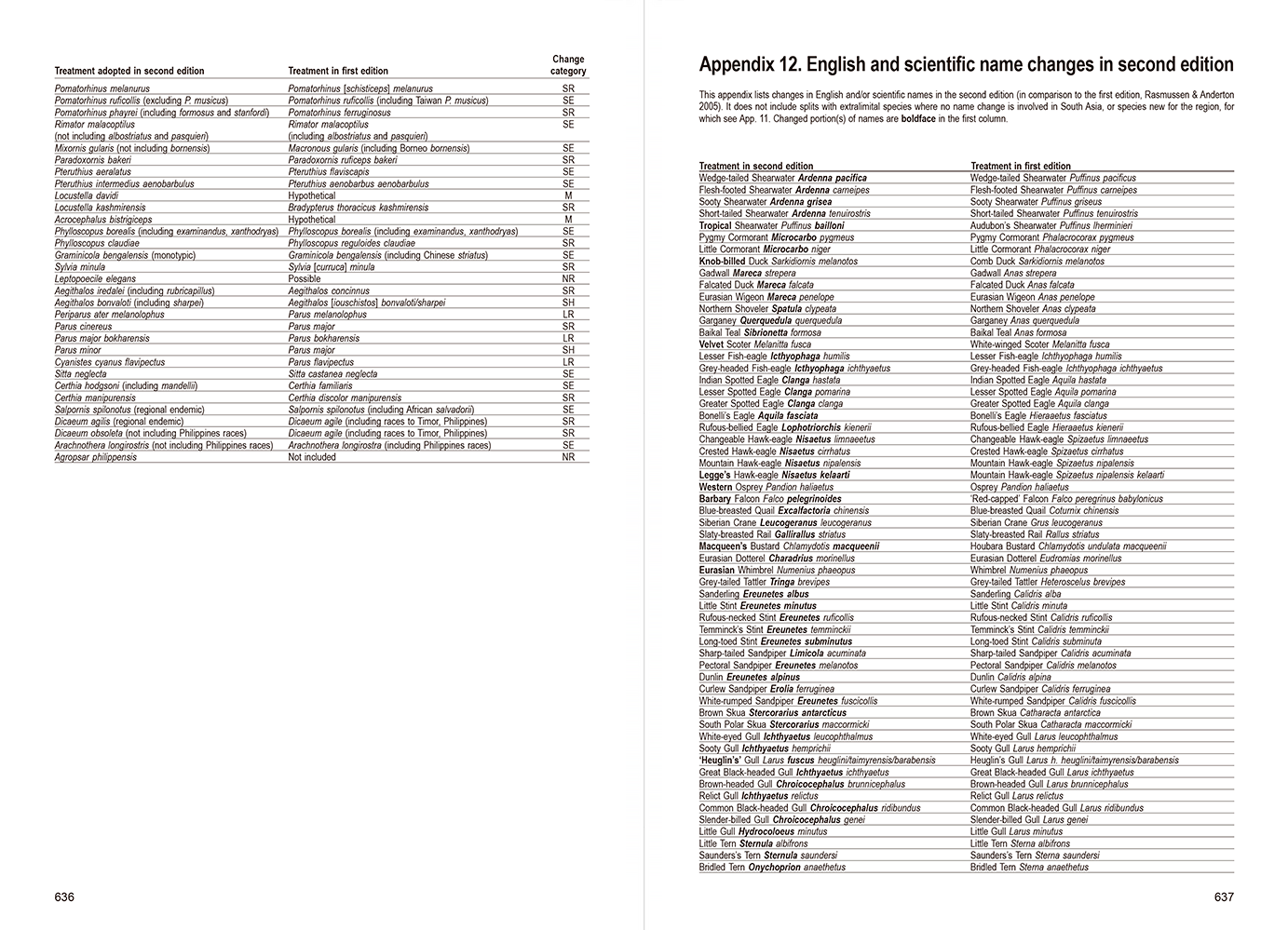

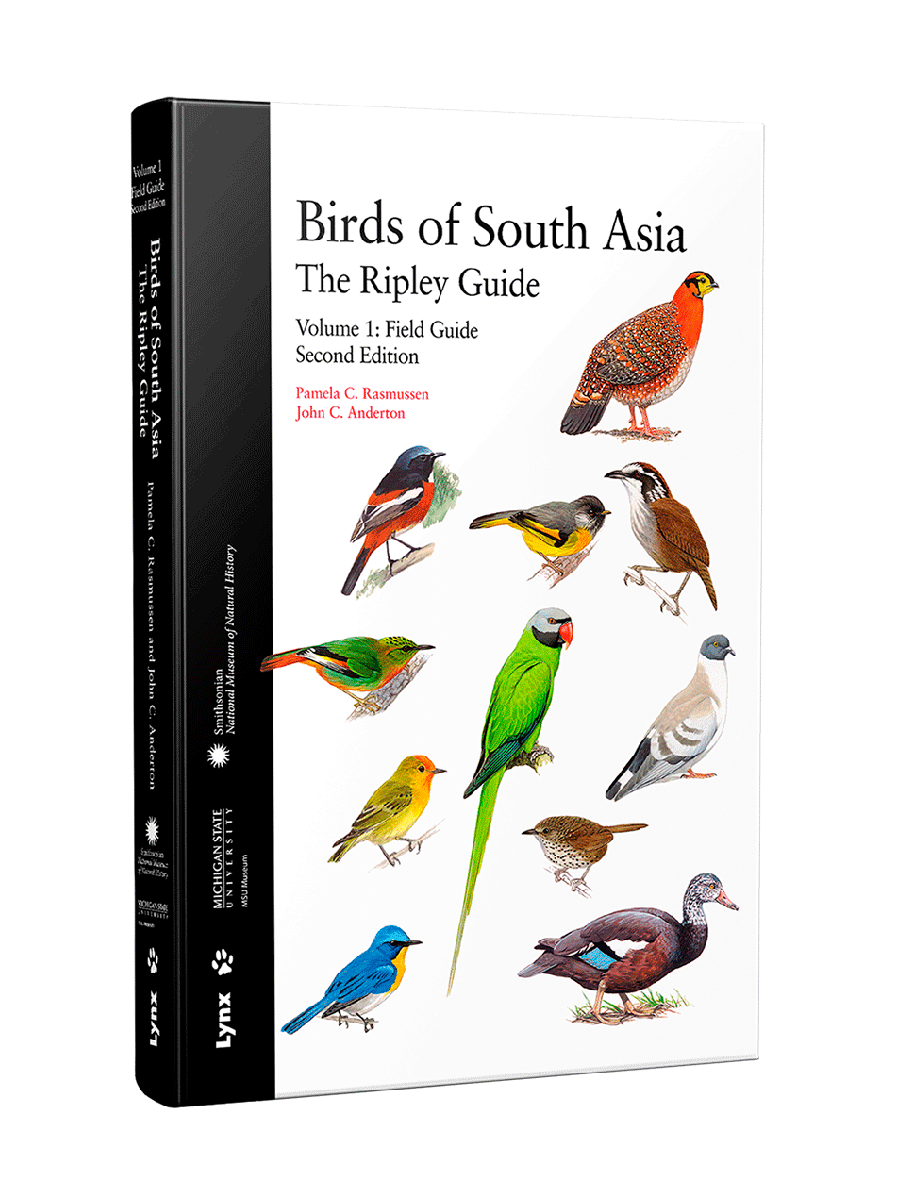



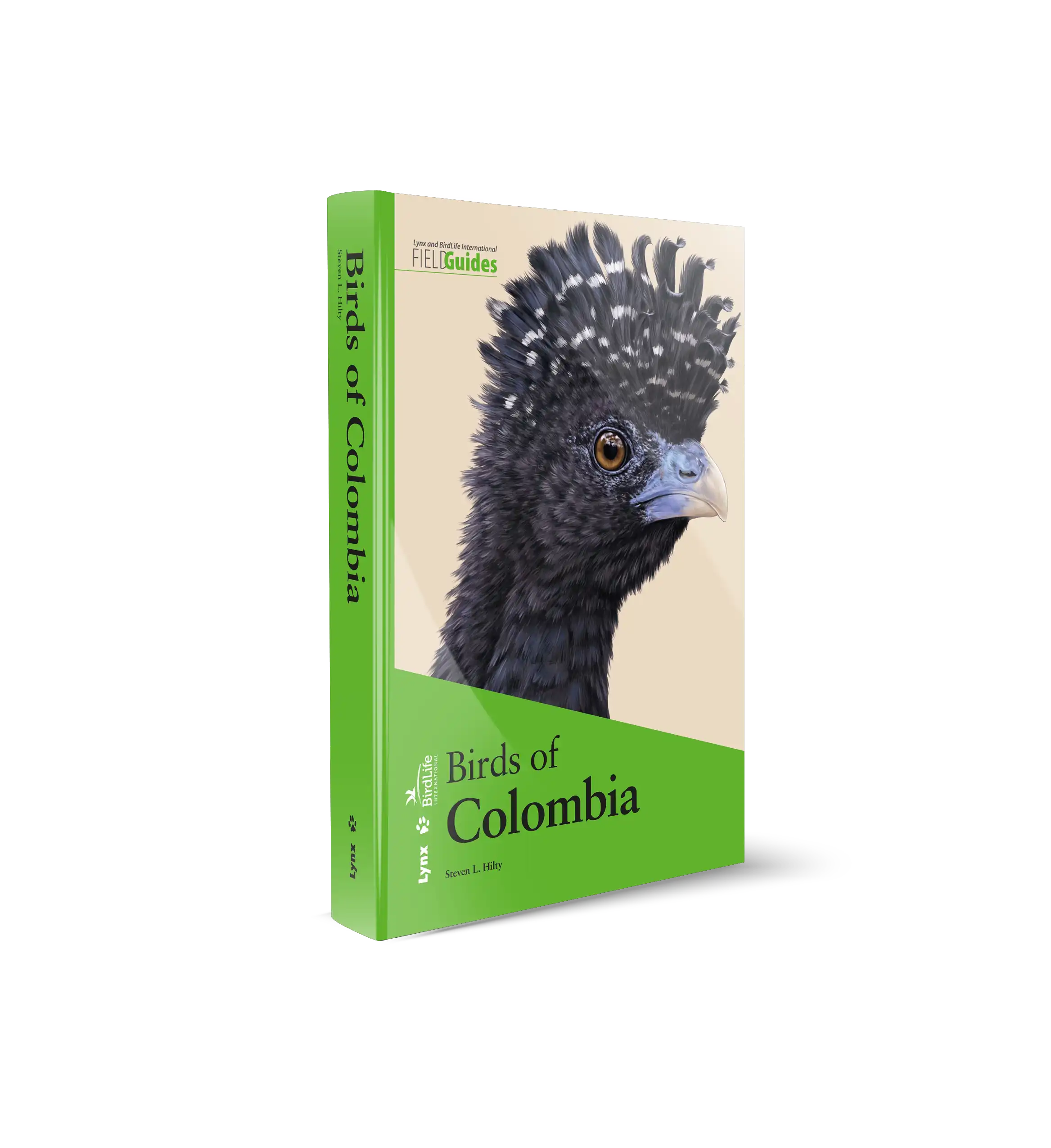
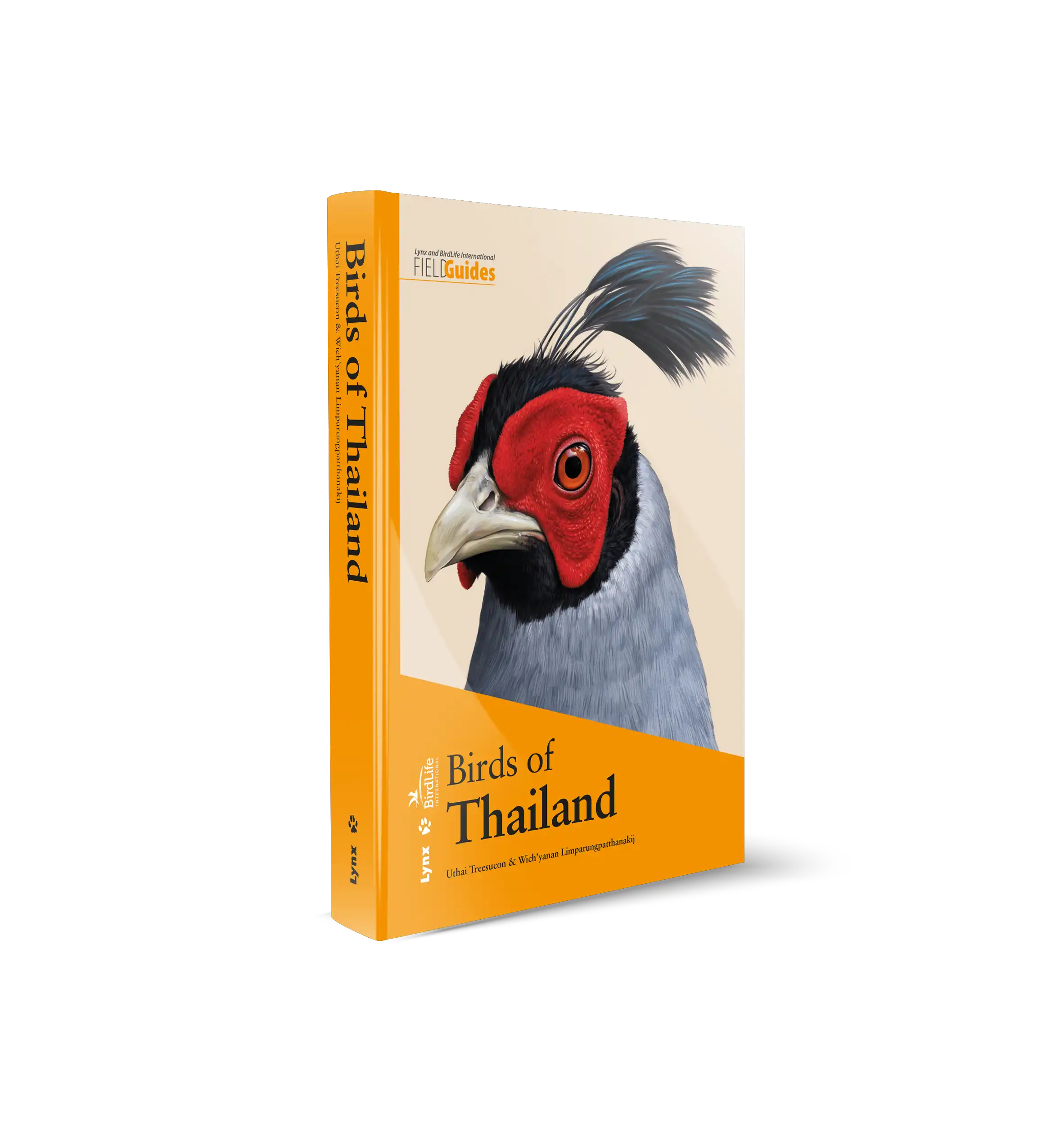









 Copyright 2026 © Lynx Nature Books
Copyright 2026 © Lynx Nature Books
Reviews
There are no reviews yet.